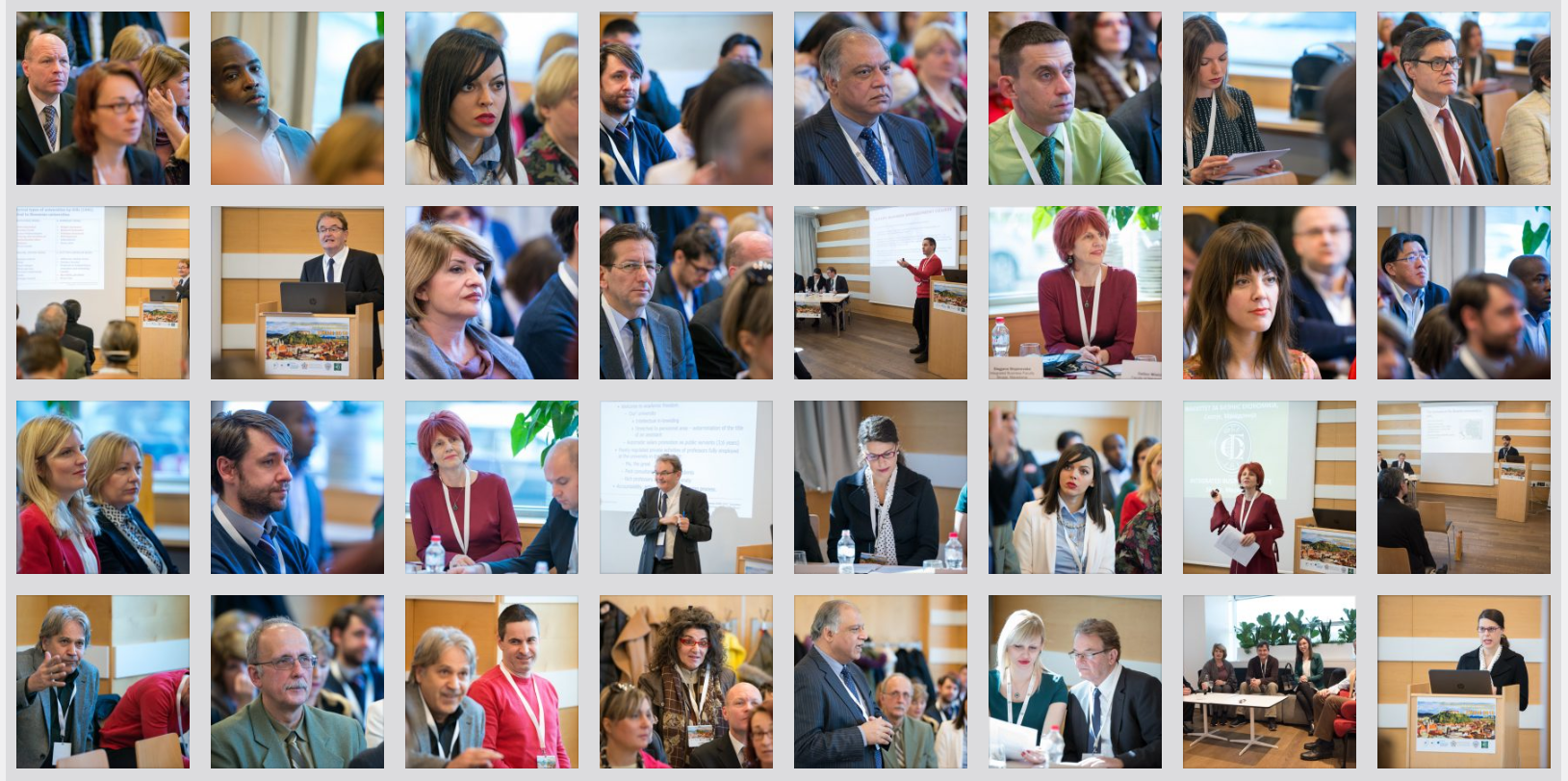Jasmina Kurpejović – International University of Novi Pazar, Serbia
Ibro Skenderović – International University of Novi Pazar, Serbia
Suada Aljković-Kadrić – International University of Novi Pazar, Serbia
Keywords:
Computer;
Internet;
Children;
Environment;
Research approach
Abstract: The usage of the internet is increasing very fast and it is expected that it will continue to grow as it becomes a common means of everyday life. This paper deals with questions such as how much time and for what purposes children use the internet and digital technology, as well as how much it is used for educational purposes. It seems that children spend less and less time outside, in parks and playgrounds. There are pros and cons to everything, so using media and the internet in the right way can make our lives a lot easier as there are many good sides to it. Losing control over the internet and media usage can bring us into the vicious circle of negative circumstances of contemporary technology. This is why it is very important to monitor children’s activity on the internet but at the same time to keep up with contemporary technology development.

Download full paper

7th International Scientific Conference – EMAN 2023 – Economics and Management: How to Cope With Disrupted Times, Ljubljana, Slovenia, March 23, 2023, CONFERENCE PROCEEDINGS, published by: Association of Economists and Managers of the Balkans, Belgrade, Serbia; ISBN 978-86-80194-69-1, ISSN 2683-4510, DOI: https://doi.org/10.31410/EMAN.2023
Creative Commons Non Commercial CC BY-NC: This article is distributed under the terms of the Creative Commons Attribution-Non-Commercial 4.0 License (https://creativecommons.org/licenses/by-nc/4.0/) which permits non-commercial use, reproduction and distribution of the work without further permission.
Alić, S. (2010). Najava filozofije medija, Zagreb: McLuhan.
Jovanović, N. (2004). Sredstva masovne komunikacije i devijantno ponašanje učenika; u: Komunikacija i mediji u savremenoj nastavi (310-316), Učiteljski fakultet u Jagodini, Institut za pedagoška istraživanja u Beogradu.
Kastels, M. (2009). Moć komunikacija. Beograd: RTS Izdavaštvo.
Radojković, M. (1993). Obrazovanje za masovne komunikacije; u (prir.): Obrazovanje i masovne komunikacije (29-34). Beograd, Ministarstvo prosvete.
Radojković, M., & Miletić, M. (2005). Komuniciranje, mediji i društvo. Novi Sad: Stylos.
Ristanović, D. (2002). Pravci razvoja primene kompjuterske tehnologije u obrazovanju, Nastava i vaspitanje, br. 5, 441-449.
Vlahović, B. (2012). Obrazovanje u društvu umrežene kulture (61-64, 381-386). Beograd: Srpska akademija obrazovanja.
Zindović-Vukadinović, G. (1994). Vizuelni jezik medija, značenje i razumevanje, Institut za pedagoška istraživanja, Beograd.
Additional reading
Aničić, O., & Đekić-Lović, J. (2010). Elektronsko učenje i mogućnosti primene u školama; Zbornik radova sa nacionalne konferencije Elektronsko učenje na putu ka društvu znanja, 148-151. Univerzitet Metropolitan.
Mandić P., Radovanović, I., & Mandić, D. (2000). Uvod u opštu i informatičku pedagogiju, Učiteljski fakultet u Beogradu. Centar za usavršavanje rukovodilaca u obrazovanju.
Tomić, Z. (2000). Komunikologija, Filološki fakultet Univerziteta u Beogradu: Čigoja štampa.

